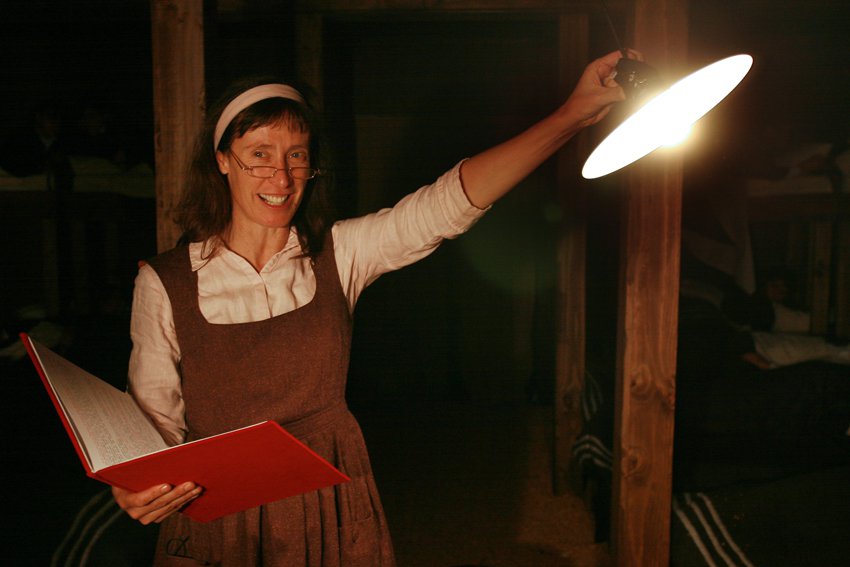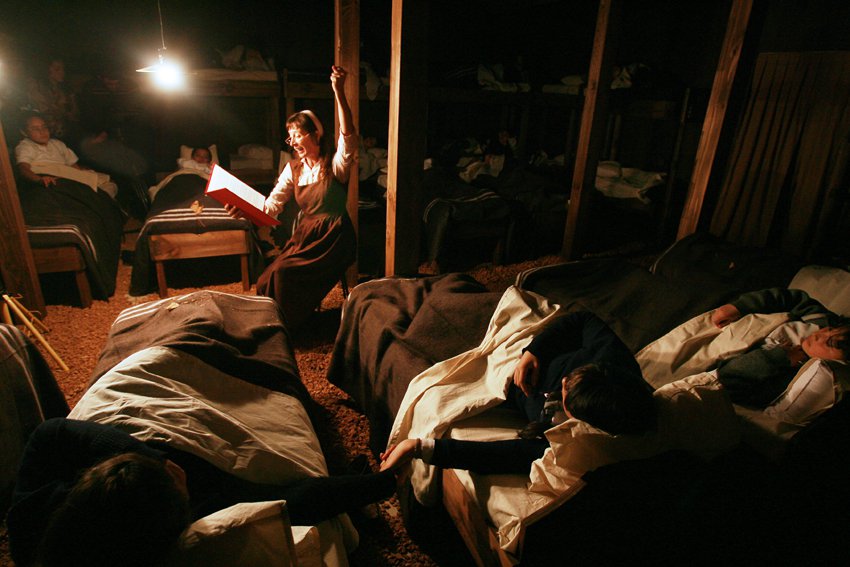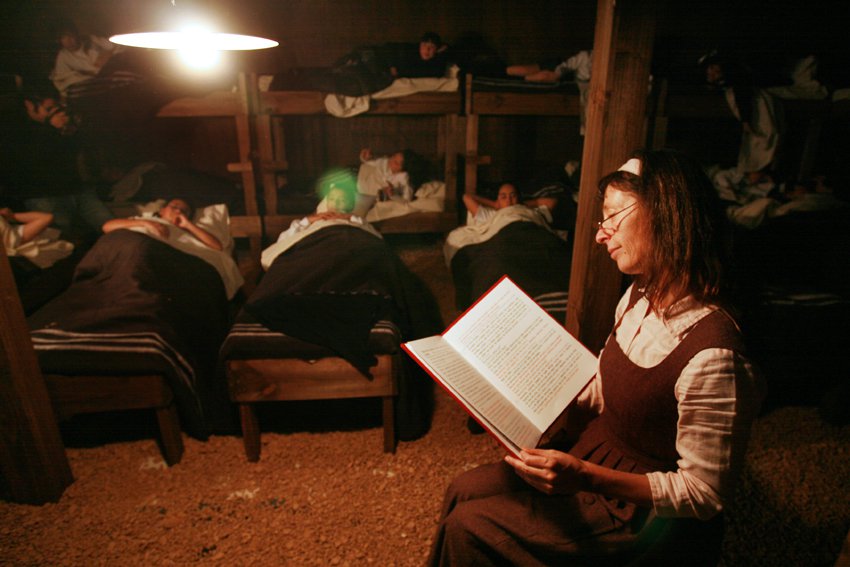Radioteatro
Author: Charles Perrault | Original idea: Chiara Guidi | Narrated by: María Izquierdo | Produced and staged by: Aline Kuppenheim | Sound mixing: Gonzalo Pérez | Produced by: the Teatro a Mil Foundation.
Aline Kuppenheim
Director
Expanding the limits of creation
With a long career in film, television and theater, this actress, theater director, illustrator and visual artist (Barcelona, 1969) has dedicated her life to theater for more than a decade. In 2005, she founded Teatro y su Doble (formerly Teatro Milagros), with whom she has created touching puppet plays aimed at both infant and adult audiences, using intricate puppets she and her team have made. She has also had starring roles in movies (Machuca, Una mujer fantástica) and important TV series, such as Ecos del desierto, Prófugos and Bala loca.
—It was devised by Chiara Guidi, who cofounded Socìetas Raffaello Sanzio (renamed Socìetas) with Romeo and Claudia Castellucci and a shared vision emphasizing theater’s visual, sculptural and audio aspects. During the local version of the play in 2010, she said “It’s not educational; it’s a high-quality artistic play aimed at both adults and children”.
—It’s a new version of the classic by Charles Perrault, the French writer who brought back orality with Historias o cuentos del pasado (1697), which included fairy tales that are still relevant today, such as Sleeping Beauty, Little Red Riding Hood, Puss-in-Boots, Cinderella and Tom Thumb.
—In the words of Aline Kuppenheim, “Reading and listening to a story are a great exercise for your brain at any age, and even more so for children bombarded by stimuli that don’t always appeal to their imagination. This experience is similar to reading, but is led or guided by a performer”.
Oral narration: Spanish writer Pablo Albo suggested a definition of this tradition in the preface of the statutes of the group of Iberian narrators AEDA. “Oral narration is understood as the artistic discipline that involves speaking out loud, using - either exclusively or predominantly - words. It involves direct and reciprocal contact with the listeners. The roots of oral narration are embedded in storytelling, and it currently exists alongside this, but in a dramatic context”. In the words of Pascuala Morote and María José Piquer, it’s “an art form that helps develop social skills and emotions and a way of communicating that’s as old as humankind itself”.
Radio theater: This is an art form created through words, sound effects and music that together tell a story that the listener can recreate in detail in their mind. Its golden age globally was in the twenties, thirties and forties, at the height of radio, with its popularity continuing until the seventies in Chile. Worldwide, the most well-known radio theater piece is perhaps The War of the Worlds, written in 1938 by North American actor and director Orson Welles, which tells of an alien invasion’s impact on the world. It was so realistic that it caused widespread panic among its thousands of listeners.


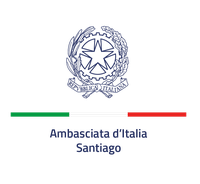
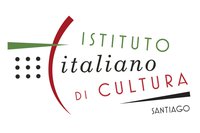
Buchettino
Directed by Aline Kuppenheim
- Chile
- Spanish
- 50 minutes
- Todo público
Based on Charles Perrault’s classic, Tom Thumb, this Chilean version - premiered in 2010 - is back as a radio theater piece for you to listen to at home, in bed and with your eyes closed.
Narrated by María Izquierdo, this play - premiered in 2010 - lets listeners lie in bed and listen to the story with their eyes closed, in a special format adapted into an intimate broadcast for all the family. Buchettino invites us to tune in from home and let our imagination run wild to the story of Tom Thumb, a tiny child who is abandoned by his parents in a forest with his siblings. The little boy won’t give up though and keeps on fighting.
All you have to do to take part in this experience is find a quiet place, turn off your mobile phone, take off your shoes and lie down in bed. If you can, turn off the light and snuggle up with your children.

Author: Charles Perrault | Original idea: Chiara Guidi | Narrated by: María Izquierdo | Produced and staged by: Aline Kuppenheim | Sound mixing: Gonzalo Pérez | Produced by: the Teatro a Mil Foundation.
Aline Kuppenheim
Director
Expanding the limits of creation
With a long career in film, television and theater, this actress, theater director, illustrator and visual artist (Barcelona, 1969) has dedicated her life to theater for more than a decade. In 2005, she founded Teatro y su Doble (formerly Teatro Milagros), with whom she has created touching puppet plays aimed at both infant and adult audiences, using intricate puppets she and her team have made. She has also had starring roles in movies (Machuca, Una mujer fantástica) and important TV series, such as Ecos del desierto, Prófugos and Bala loca.
— Porque fue ideada por Chiara Guidi, cofundadora de Socìetas Raffaello Sanzio –rebautizada como Socìetas– junto con Romeo y Claudia Castellucci, quienes comparten un enfoque del teatro que enfatiza sus elementos visuales, plásticos y sonoros. Durante la adaptación de la versión local de la obra en 2010 dijo: “No es un trabajo pedagógico; es una obra de calidad artística preparada para niños y adultos”.
— Porque es la revisión del clásico de Charles Perrault, el escritor francés que recuperó la tradición oral en Historias o cuentos del pasado (1697), relatos que perduran a través de los siglos, entre los que se cuentan La bella durmiente del bosque, La Caperucita Roja, El gato con Botas, Cenicienta y Pulgarcito.
— Porque, en palabras de Aline Kuppenheim: “Leer, escuchar un relato es un excelente ejercicio mental a cualquier edad y más en los niños bombardeados de estímulos que no siempre apuntan a ir en busca de su imaginación, Es un ejercicio cercano a la experiencia lectora pero conducida o guiada por un intérprete”.
Narración oral: El cuentista español Pablo Albo escribió para el preámbulo de los estatutos del colectivo de narradores y narradoras ibéricos AEDA una definición posible de esta tradición: “Se entiende por narración oral la disciplina artística que se ocupa del acto de contar de viva voz, usando exclusiva o primordialmente la palabra, en un contacto directo y recíproco con el auditorio. La narración oral hunde sus raíces en la tradición de contar historias y en la actualidad convive con ella aunque en un contexto escénico”. En palabras de Pascuala Morote y María José Piquer, es un “arte que propicia la sociabilidad y la afectividad, y un acto de comunicación tan antiguo como el hombre”.
Radioteatro: Pieza artística compuesta por palabras, efectos sonoros y pistas musicales, que en conjunto cuentan una historia de tal forma que quien la escucha puede recrearla con detalle en su mente. Vivió su edad de oro en los años 20 y 40, junto con el apogeo de la radio; una popularidad que en Chile se extendió hasta los 70. A nivel mundial, quizá el más conocido es La guerra de los mundos, un radioteatro creado en 1938 por el actor y director estadounidense Orson Welles, que narraba los estragos en todo el mundo causados por una invasión alienígena. Su nivel de realismo fue tal que causó pánico en miles de radioescuchas.
COLABORA



